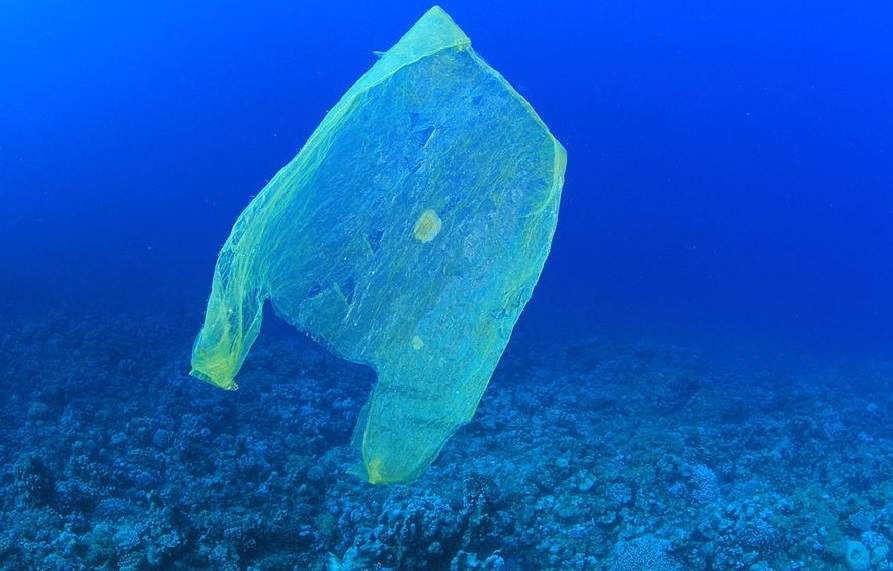
A group of scientists has determined the world’s deepest single-use plastic bag was found lying at the bottom of the Mariana Trench in the middle of the ocean in 1998, at a depth of 10,898m (35,754ft).
The finding was made by the Japan Agency for Marine-Earth Science and Technology, whose scientists analysed combined data, images and footage gathered over 30 years from over 5,000 dives using deep-sea vehicles.
Figures from the study showed that plastic accounted for a third of debris in the form of microplastics, 89% of which was from single-use products. The full findings of the research into how human activities are affecting deep-sea ecosystems were published in the journal Marine Policy and.
The report said: “There is growing concern that deep-sea ecosystems are already being damaged by direct exploitation of both biological and non-biological resources – through deep-sea trawling, mining and infrastructure development, for example.”
According to the study, the world’s deepest plastic bag was first found in 1998 and has decomposed into smaller pieces of plastic during the past 20 years. Another group of scientists found one piece of plastic around 600 miles from the coast of Japan, while other waste included metal, rubber, fishing equipment and glass.
The Mariana Trench is the deepest point of the ocean, meaning that once waste reaches the bottom it is unlikely it will escape. Some 17% of the dive images analysed by scientists also discovered microplastics in the stomachs of organisms living in the ocean.

US Tariffs are shifting - will you react or anticipate?
Don’t let policy changes catch you off guard. Stay proactive with real-time data and expert analysis.
By GlobalDataBut the findings only represent a small percentage of the plastic that pollutes the oceans, as the database used solely relies on visual record of what is on the sea floor and excludes anything drifting above it.
The report said: “As the deep sea is likely to be the final destination of floating plastic debris, the frequent occurrence and widespread distribution of plastic debris in the deep sea, far away from populated coastal areas, indicate that large numbers of plastic debris pieces are distributed throughout the water column and in the high seas.”
The researchers said that regulating the production of single-use plastics and keeping it away from coastlines is the only way to stop pollution in the oceans.


